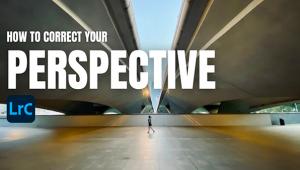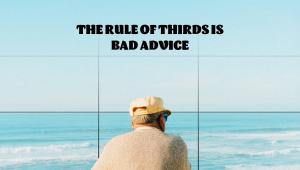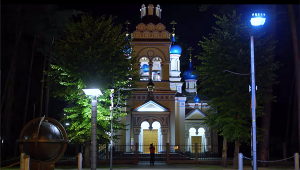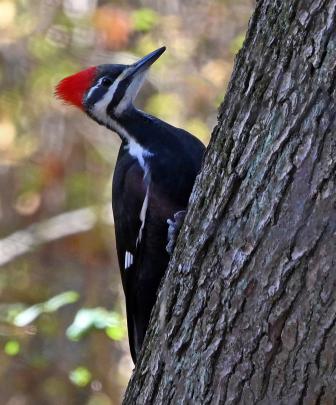"Thus, a micro four thirds sensor with it's 2X crop factor..." That should be "...a Micro Four Thirds with its 2X crop factor..."
How SENSOR Size Affects Noise: The TRUTH May Surprise You (VIDEO)

If you're considering making the switch from a crop-sensor camera to full-frame model we urge you carefully consider the key points of today's tutorial before pulling the trigger—especially if you're motivated by achieving images with less noise while shooting under low light with high ISO settings. That's because despite conventional wisdom the determining factors are more involved than you think.
Instructor Simon d'Entremont is a professional nature and wildlife photographer based in Eastern Canada who regularly posts helpful tutorials sharing the secrets to his success. In this 13-minute video he attempts to navigate and simplify this complicated issue. Be sure to watch until the end because Simon presents some great advice to getting the cleanest images possible in low light with whatever camera you own—regardless of sensor size.
The main question Simon explores is this: "Do larger sensors have less noise and better image quality when used in low light? His view of the truth may surprise you, and he is therefore bracing for some blowback, so take a close look and see what you think. He begins with a quick explanation of what causes the ugly artifacts known as noise, and the effect they have on photos in difference situations.

In basic terms it works like this: the lower the amount of light in a scene he noisier an image will be because of a poor signal-to-noise ratio, i.e. "not enough photons of good light to overwhelm noise from the camera's electronic systems and the random nature of light."
Simon isn't referring to resolution when the explains the ramifications of sensor size with regard to noise. Rather he's describing the actual physical dimensions of the sensors compared. In this regard a typical APS-C crop sensor measures around 14x16 mm, while the full-frame sensor is 36x24mm—just like a single frame of 35mm film that is almost four time the size of a micro-four thirds sensor with its dimensions of 7x13mm.
Before explaining how the foregoing affects noise, Simon raises another important consideration that has to do with the term "crop factor" as pertains to whatever lens you employ. Thus, a micro four thirds sensor with it's 2X crop factor captures a significantly smaller image circle than the same lens on an APS-C or full-frame sensor—effectively giving you more reach on the long end of a zoom, and a less expansive view on the short end.

Armed with this information it's easy to understand how sensors of various sizes affect the noise in an image, a comparison that begins at the 6:35 point in the video. Once you're done watching you'll be able to make an informed decison as to whether "stepping up" to full-frame makes sense for you.
Simon's popular YouTube channel is a great source of important information and techniques, so be sure to pay a visit when you have time.
We also suggest watching a tutorial we posted earlier from another accomplished pro, explaining six easy Lightroom special effects that will take your outdoor photographs to the next level.
- Log in or register to post comments












































